Fall Foliage Entices Tourists
Living in the NYC area, we usually enjoy a dramatic fall. The trees are bursting with colors and everywhere you turn there is a feast for the eyes.
This year (2021) with unusually warm temperatures and poor rainfall, we were forced to take our own trip up to New Hampshire, in order to partake of fall’s glory. Finally in November, fall arrived here also.
Although fall color is dramatic in many parts of the United States, we tend to associate it with the Northeast. However, places such as Okanogan-Wenatchee National Forest in Washington State to Ozark National Forest in Arkansas to Columbia River Gorge in Oregon to Taos, New Mexico all draw numerous fall visitors.
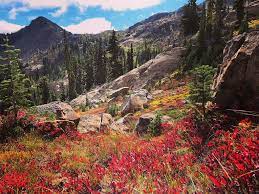
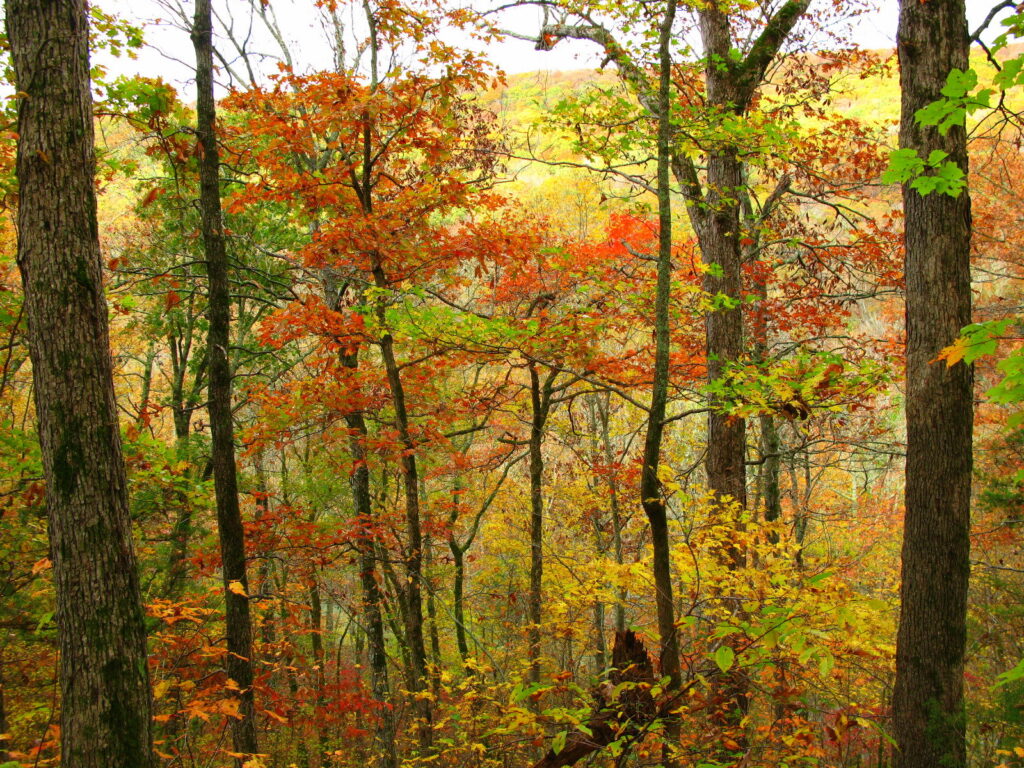
Understanding Fall Colors
Fall colors are the result of the interplay of many factors. Chlorophyll production which masked the carotenoids in the summer, stops in the fall allowing the yellows and oranges to become visible. The anthocyanins, which begin production in the fall ,make their presence felt with their various red-purples thrown into the mix. The resulting leaf colors represent the ratios of each component, much like mixing paints on a palette.
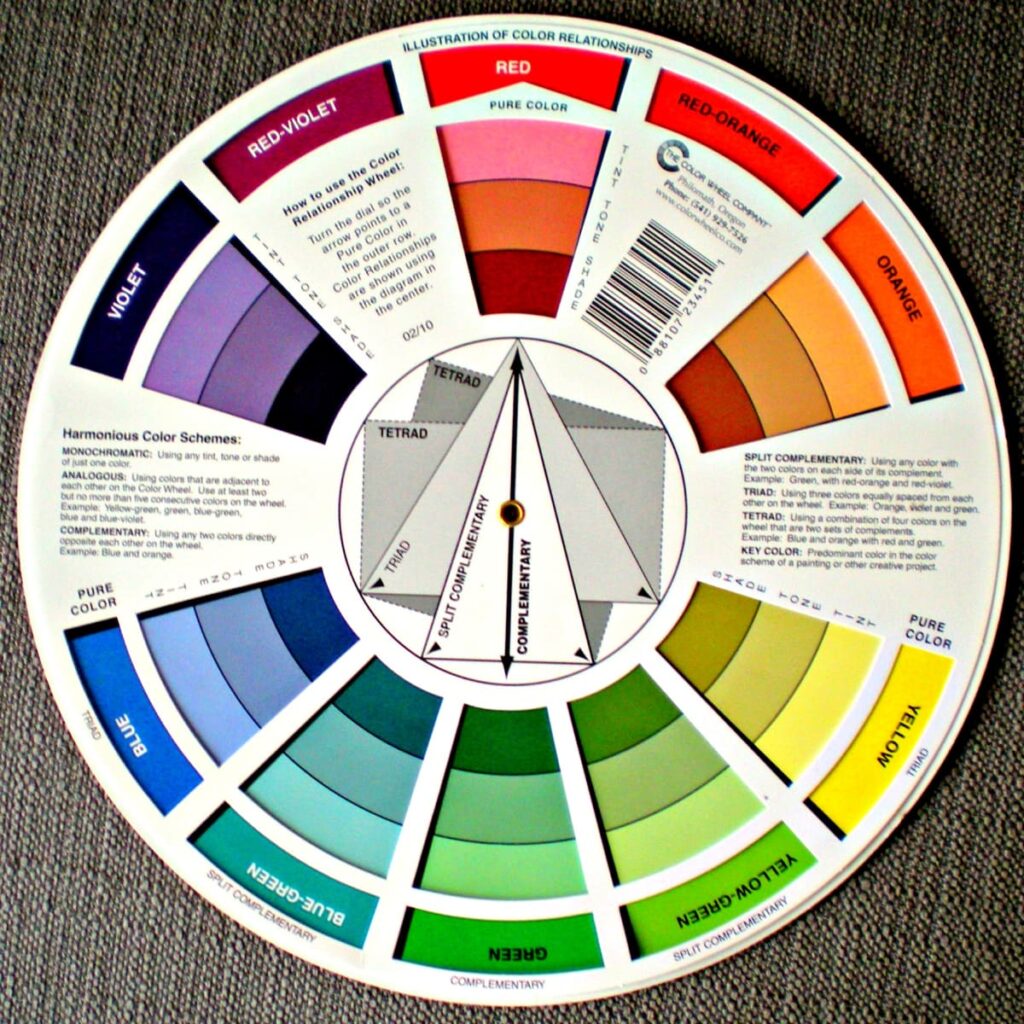
Why America has a Colorful Fall
There is one conundrum, however. While there are many New World and East Asian trees with red leaves in the fall, northern European trees have mainly yellow leaves in the fall. In Northern Europe there are only four indigenous trees that turn red in the fall. In the rest of Europe, there are only another 24 species that turn red. In North America the number is, at least, 89 such tree species with red fall leaves. In East Asia, the numbers are above 150.
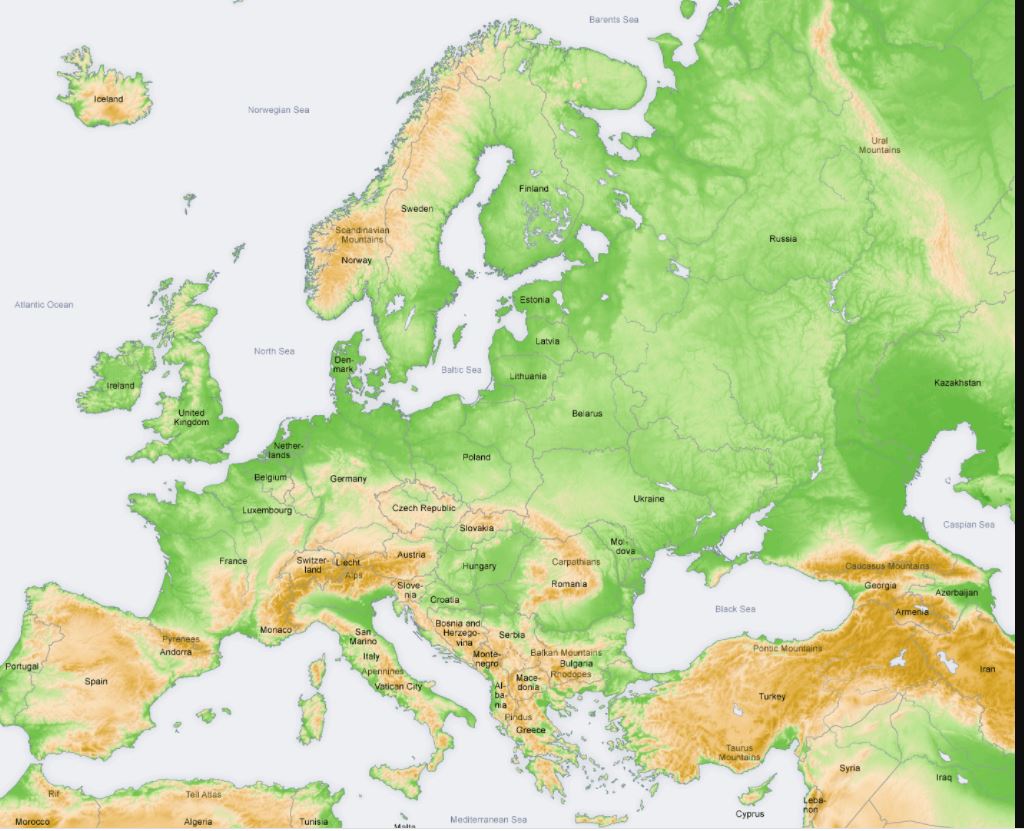
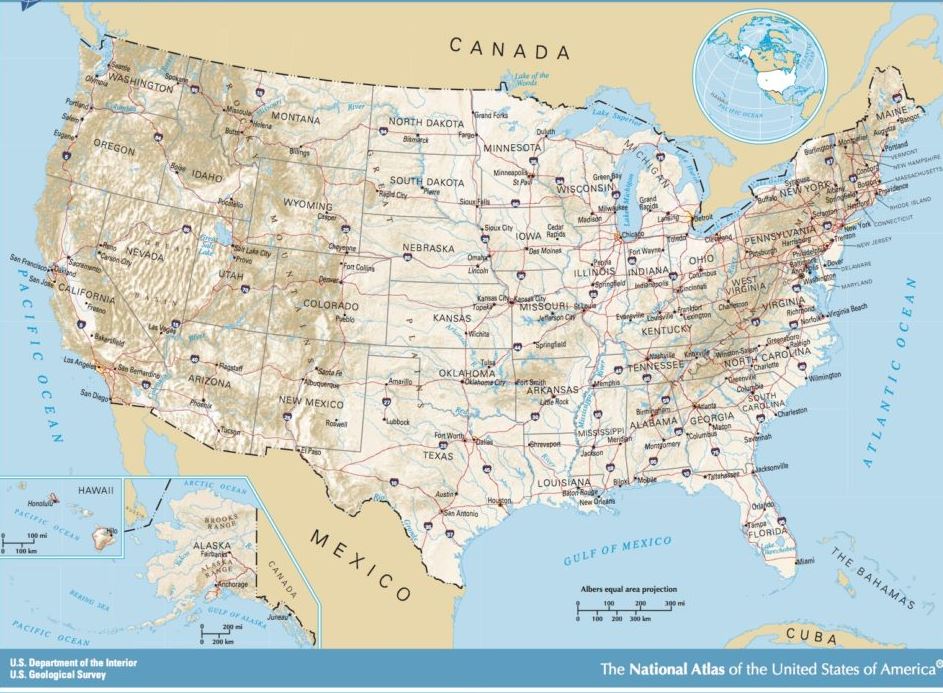
Although not universally accepted , the Lev- Holopainen hypothesis made the following suggestion: The major mountain chains in North America go north-south, those in Europe go east-west. While most of the planet was covered with evergreen and tropical forests until 35 million years ago, many species evolved into deciduous trees under the stress of glaciers and dry eras. It is assumed that this change led to the development of red pigments which somehow ward off insect infestation. However, North American trees could retreat south until they reached a suitable growing area while European trees were cut off and became extirpated.
Another, recent paper – Hughes et al. – suggests that the underlying issue is the relatively low amounts of available nitrogen in the soils of the American Northeast. Low nitrogen leads to high soluble sugars in the fall, itself a cause for greater anthocyanin production.
Remember my Original Question?
This five part discussion began because of my fascination with the tender-green leaf color of early spring.
Chloroplasts begin to develop in the spring. Initially, they are few in number and so the green of the new leaves is already pale. In addition, the young leaves are thinner and do not yet have the same mature and tough outer layers they will develop in the coming weeks. Finally, the young leaves are manufacturing the yellow-hued xanthophylls which add a yellow background to the chlorophyll. Mixing green and yellow gives us the chartreuse or tender-green of spring.
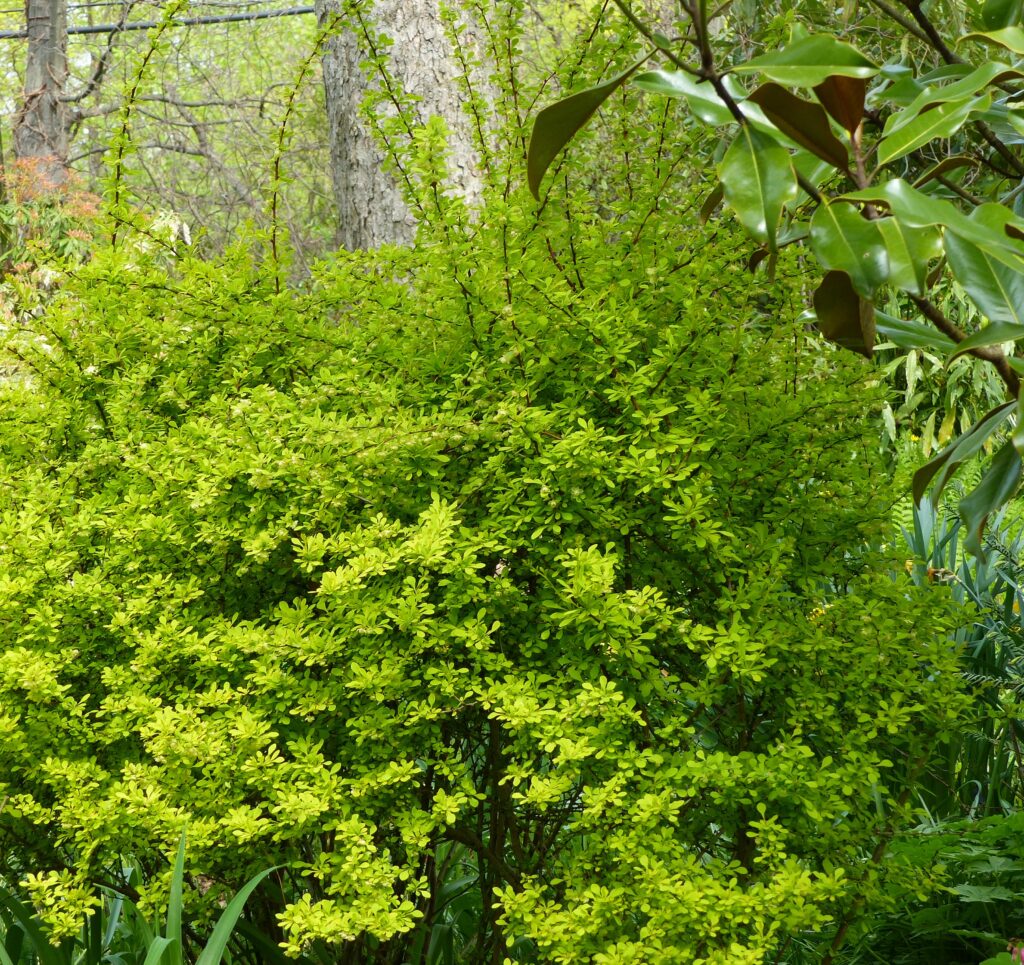
Many thanks to Howard S. Neufeld whose help is gratefully acknowledged.
http://www.appstate.edu/~neufeldhs/index.html
The tender green only lasts one week each spring but is always beautiful. Where in East Asia is the fall most red? Never knew about the continental differences, only the East/west divide in the US.
Good Question. I am including a link that looks promising. https://www.tripzilla.com/places-autumn-foliage-asia/80393
Looking forward to a colorful spring. Thank you for the insights.
Will this Pigment Series be part of a new book?
Have U retired your column in Riverdale Press? Is the Color Wheel a teaching tool?